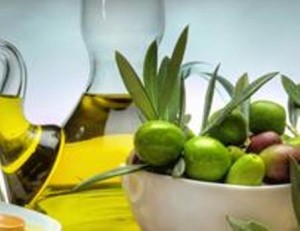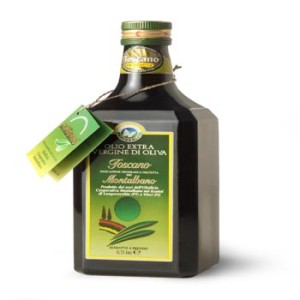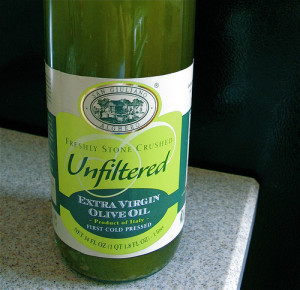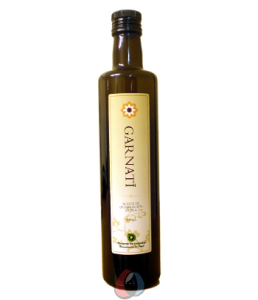 There is lots of discussion on monovarietal vs. coupage olive oil. Let’s have a look on details of monovarietal vs. coupage olive oil. Coupage, “the art of combining oils”, is the type of oil which is created up of different olive types in varying ratios. It can be organic, arising from the mix of olive types during the collect, or designed to the producer’s flavor requirements to be able to alter the features of oil and create it more eye-catching to customers, while also attempting to obtain identical organoleptic qualities every year. The significant benefits of combined oil are that we can create sure a ‘brand flavor’ based on the quantities and types selected by the flavored group.
There is lots of discussion on monovarietal vs. coupage olive oil. Let’s have a look on details of monovarietal vs. coupage olive oil. Coupage, “the art of combining oils”, is the type of oil which is created up of different olive types in varying ratios. It can be organic, arising from the mix of olive types during the collect, or designed to the producer’s flavor requirements to be able to alter the features of oil and create it more eye-catching to customers, while also attempting to obtain identical organoleptic qualities every year. The significant benefits of combined oil are that we can create sure a ‘brand flavor’ based on the quantities and types selected by the flavored group.
The first difference between monovarietal vs. coupage olive oil is related to the type of oil. Coupage is a type of oil elaborated with the juice of different type of olives. This combining of olives is done to be able to obtain a unique liquid with a very unique flavor. This additional virgin mobile olive oil is very unique and eye-catching for customers and is regarded pure traditional craftwork. The monovarietal oil is a juice carefully obtained from the same type of olive. It is also very unique, for the critical taste. But the debate of monovarietal vs. coupage olive oil continues.
 This is the type of oil created with just one wide range of olive. One of the advantages of monovarietal vs. coupage olive oil is that it has a clean, well-defined taste, meaning that the olives and the designing of the oil must be outstanding. Each olive wide range has its own features and features. The most traditional types are Arbequina, Hojiblanca, Picual, Leccino, Cornicabra, Frantoio, Ogliarola, Moraiolo, Coratina, Gentile, Nocellara del Belice, Biancolilla, Canino, and Carolea. We recommend that you example the different organic oils designed with a single wide range to be able to choose the one you like the best with each dish, leading to an argument of monovarietal vs. coupage olive oil.
This is the type of oil created with just one wide range of olive. One of the advantages of monovarietal vs. coupage olive oil is that it has a clean, well-defined taste, meaning that the olives and the designing of the oil must be outstanding. Each olive wide range has its own features and features. The most traditional types are Arbequina, Hojiblanca, Picual, Leccino, Cornicabra, Frantoio, Ogliarola, Moraiolo, Coratina, Gentile, Nocellara del Belice, Biancolilla, Canino, and Carolea. We recommend that you example the different organic oils designed with a single wide range to be able to choose the one you like the best with each dish, leading to an argument of monovarietal vs. coupage olive oil.
The commercial potential of extra virgin olive oil from three autochthonous olive types Bodocal, Racimilla and Negral from Aragón (Spain) has been analyzed. Physicochemical features, neurological research, nutritional structure, shade and pigmentation were regarded. The three types are generally used for producing table olives or additional virgin mobile olive oil in coupages but not for the production of monovarietal virgin mobile additional virgin mobile olive oil. The physicochemical and neurological research for the three additional virgin mobile olive oil corresponded to additional virgin mobile category, however important variations among the three organic oils were observed in regards to color content, shade dimensions and fatty acid, tocopherol and phenol structure, differentiating monovarietal vs. coupage olive oil.
One of the controversies with monovarietal vs. coupage olive oil is whether it is better in its monovarietal form or as a combination or coupage as it is known as in your wine beverages globe. The fact is both can be amazing but in my view a great combination is irresistible as it reveals the gates to an unlimited world of creativeness and technicalities that would not be possible with one single wide range. There are of course the enthusiasts who say the expertise is in generating huge monovarietal oil, which is healthy by characteristics. It is still a debate of monovarietal vs. coupage olive oil.











